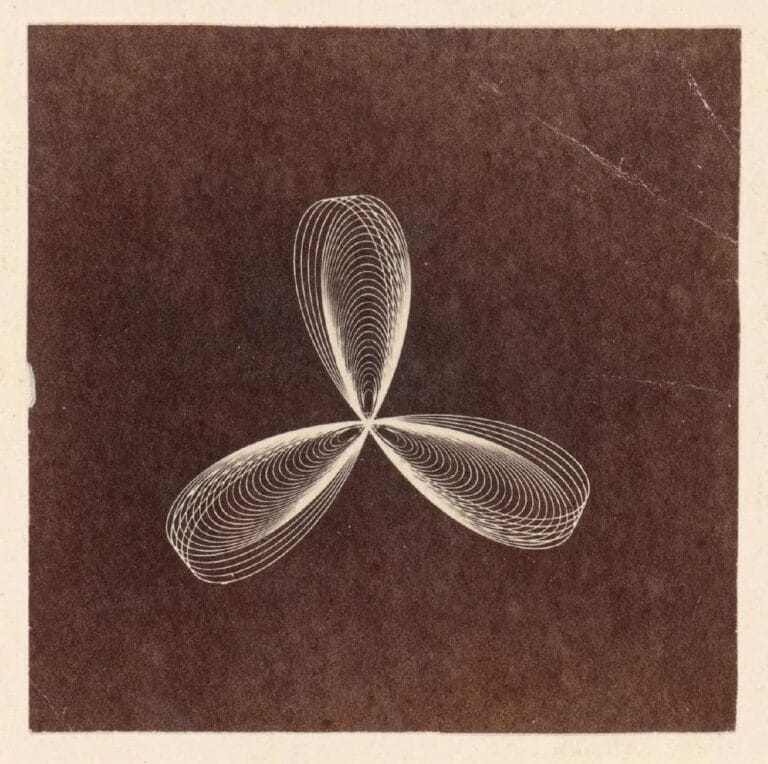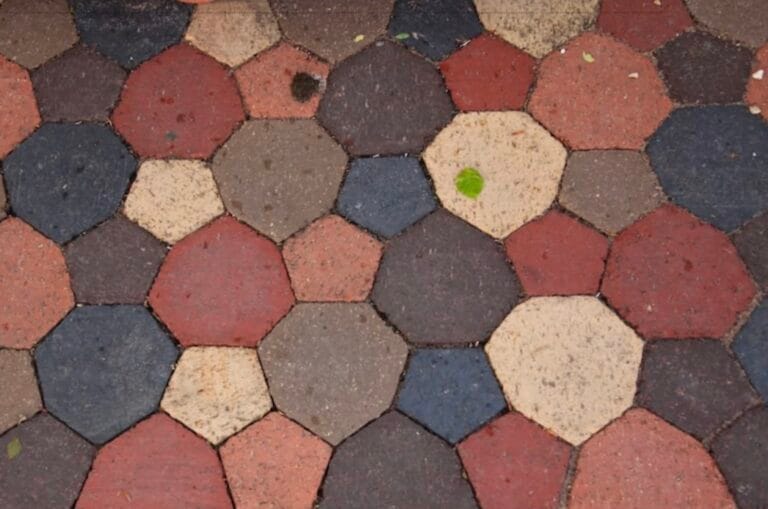Leonardo da Vinci is often celebrated as the quintessential Renaissance man, but his true genius is perhaps best glimpsed in his notebooks. These treasure troves are teeming with diagrams, drawings, musings, and sharp observations. They not only showcase Leonardo’s brilliance but also offer a rare glimpse into his unique perspective on the world. One of the most intriguing aspects of these notebooks is his use of mirror writing—a method that has left historians speculating, was it to keep his ideas secret or simply a quirk of his left-handedness?
Leonardo Da Vinci’s Notebooks: A Window into a Renaissance Mind
Leonardo da Vinci’s notebooks are an intricate web of thoughts, sketches, and theories. He meticulously documented everything he observed, from the anatomy of humans and animals to the mechanics of machines and the dynamics of water. This documentation serves as a window into the mind of a man who was not just an artist, but also an inventor, scientist, and philosopher.
Within these pages, you will find detailed anatomical sketches that reveal Leonardo’s deep understanding of human physiology. His notes on the movement of water and air showcase his curiosity about natural phenomena. Each entry in the notebooks reflects Leonardo’s insatiable curiosity and his relentless pursuit of knowledge.
The Mystique of Mirror Writing

One of the most puzzling aspects of Leonardo’s notebooks is his use of mirror writing. This backward writing style involves writing from right to left, with each letter also reversed. While some believe he did this to keep his ideas secret, others argue it was a natural inclination for a left-handed writer. Regardless of the reason, this unique style adds an extra layer of intrigue to his already fascinating notebooks.
The concept of mirror writing isn’t unique to Leonardo, but he is certainly one of its most famous practitioners. Many scholars have attempted to decipher the purpose behind this technique. Was it to prevent plagiarism? Or perhaps a way to keep his notes private in a time when scientific ideas could be considered heretical? The true reason may never be known, but it continues to captivate historians and enthusiasts alike.
Leonardo da Vinci’s notebooks are perhaps most famous for their remarkable sketches. From detailed anatomical drawings to conceptual designs for machines, these sketches demonstrate Leonardo’s unparalleled artistic talent and scientific acumen. His anatomical drawings, in particular, are incredibly detailed and accurate, showing muscles, bones, and organs with precision that was unprecedented for his time.
Ingenious Inventions and Mechanical Marvels

Leonardo was not just a passive observer of the world around him; he was an innovator who sought to change it with his inventions. His notebooks are filled with designs for machines that were centuries ahead of their time. These include early concepts for helicopters, tanks, and even robots.
One of the most striking aspects of these designs is their complexity and foresight. Leonardo’s understanding of mechanics and engineering was profound, and his designs often included detailed annotations explaining how the machines would work. While many of his inventions were never built during his lifetime, they laid the groundwork for future technological advancements.
The Anatomy of Curiosity
At the core of Leonardo’s notebooks lies his insatiable curiosity. He was not content with simply observing the world; he sought to understand it deeply and thoroughly. His investigations spanned a wide range of subjects, including anatomy, botany, geology, hydraulics, and aerodynamics.
This curiosity is evident in the way he meticulously documented his observations and experiments. Leonardo approached each subject with a scientific rigor that was rare for his time. He not only drew what he saw but also made detailed notes about his observations and hypotheses. This methodical approach to learning allowed him to make significant discoveries and advancements in various fields.
Bridging Art and Science
Leonardo da Vinci’s notebooks are a testament to his belief that art and science are interconnected. He saw no distinction between the two and used his artistic skills to enhance his scientific investigations. This holistic approach allowed him to make groundbreaking discoveries and create works of art that are still revered today.
In his notebooks, we see how Leonardo’s artistic talent complemented his scientific inquiries. His detailed sketches brought his scientific observations to life, while his understanding of anatomy and physics informed his artwork. This synergy between art and science is one of the reasons why Leonardo is considered one of history’s greatest geniuses.
The Legacy of Leonardo’s Notebooks
The impact of Leonardo da Vinci’s notebooks extends far beyond his lifetime. They have inspired countless artists, scientists, and engineers over the centuries. The detailed observations, innovative designs, and profound insights contained within these pages continue to be a source of fascination and inspiration.
Leonardo’s notebooks have also provided valuable historical insights. They offer a glimpse into the scientific and artistic practices of the Renaissance period and reveal the mind of a man who was not bound by the limitations of his time. His work has laid the foundation for many modern scientific and technological advancements.
The Modern Relevance of Leonardo’s Work
Even today, Leonardo da Vinci’s notebooks remain relevant. They are studied by scholars, artists, and scientists who continue to draw inspiration from his work. The principles and observations documented by Leonardo have stood the test of time and continue to be applicable in various fields.
For instance, his studies on human anatomy are still referenced in medical schools, and his mechanical designs have influenced modern engineering. Leonardo’s holistic approach to learning, which integrates art and science, is also seen as a model for interdisciplinary studies in contemporary education.
Insights from Personal Musings
Leonardo’s notebooks are not just a collection of scientific observations and artistic sketches; they also contain his personal musings and reflections. These entries provide a glimpse into his thoughts and philosophies, revealing a man who was deeply introspective and contemplative.
Through his writings, we learn about Leonardo’s views on various subjects, from the nature of creativity to the pursuit of knowledge. These personal reflections add a human dimension to his work, allowing us to connect with him on a more personal level.
Unraveling the Mysteries of Leonardo’s Genius
Leonardo da Vinci’s notebooks continue to be a subject of fascination and study. Scholars are constantly uncovering new insights and interpretations of his work. Each discovery adds to our understanding of Leonardo’s genius and the breadth of his contributions to art and science.
The ongoing study of these notebooks ensures that Leonardo’s legacy continues to grow. With each new finding, we gain a deeper appreciation of his remarkable intellect and the timeless relevance of his work.
Preserving Leonardo’s Notebooks for Future Generations
Preserving Leonardo da Vinci’s notebooks is crucial for ensuring that future generations can benefit from his insights and discoveries. Efforts to digitize these precious documents are already underway, making them accessible to a global audience.
By preserving and studying these notebooks, we can continue to learn from Leonardo’s work and be inspired by his relentless pursuit of knowledge. Ensuring that these invaluable documents are available for future generations is essential for keeping his legacy alive.
Leonardo da Vinci’s notebooks are a remarkable testament to his genius and his insatiable curiosity about the world. They offer a unique glimpse into the mind of a man who was not only a masterful artist but also a pioneering scientist, inventor, and philosopher. Through his detailed observations, innovative designs, and personal reflections, Leonardo’s notebooks continue to inspire and educate.
For those looking to explore further, consider visiting digital archives or museums that house Leonardo’s original works. Delve into the pages of his notebooks to uncover the secrets of a man whose ideas were centuries ahead of his time. Whether you are an artist, scientist, or simply a curious mind, Leonardo da Vinci’s notebooks offer a treasure trove of knowledge and inspiration.







